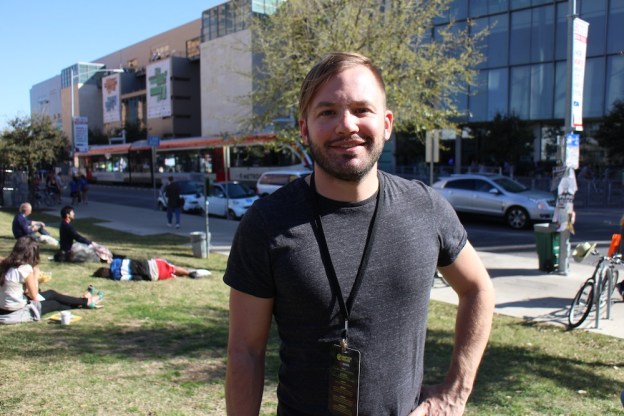
To young women like myself, hopping into cars with strangers is like asking to get kidnapped, sold into white slavery, forced to change your name, and never see your friends or family again. I’m sorry to exaggerate, but New York is not cool with taking candies from an unknown.
But at SXSW, our team’s morning routine involves three people sharing one bathroom, trekking 25 minutes toward downtown and hoping that maybe a cab will pass us along the way (they never do). We’re on day six of the festival, and to say we’re on the brink of extinction is putting it lightly. Thankfully, there’s SideCar.
The new app, which boomed at SXSW, encourages safe ride sharing by screening all applicants who want give out free rides and meet a few friends. A full background check, including insurance information, ensures all parties involved are safe in case of any accidents.
“We’re not a taxi service,” says SideCar co-founder Nick Allen. “We’re a peer to peer network. Mutual respect for the drivers and passengers is really important to us.”

SideCar recently ran into a few troubles with the law after receiving multiple cease and desist letters in various cities. At SXSW, in particular, Allen said the city’s transportation authority misunderstood SideCar as a taxi service and needed drivers to register for a licenses to operate as cabbies. “We’re not Uber,” Allen says. “Transportation hasn’t seen innovation in the last 30 years, and now that we’re moving so quickly, regulators try to put what we’re doing into a framework that they know well.”
The difference between taxis and paid driving services to SideCar, Allen says, is that his company does not pick random people up on the street, have metered fare, or not specify the final destination until the passenger gets inside the vehicle. Instead, it’s a social experience between people who want to share rides, save a few bucks, and connect communities over a common carpooling need.
“The most common thing that happens is someone gives a ride to people going to a concert or event and at the end of the ride, they’ll say, ‘Hey, we’ve got an extra ticket, come with us,'” Allen says. “We’ve had people rescued from downpours or weddings. It’s a really cool experience.”
In an era where gadgets and apps keeps people plugged in and removed from the outside world, Allen believes something like SideCar is exactly what our community needs. “Ride sharing, Airbnb, services like these are bringing people together again.”
SideCar is currently available in major west coast cities such as San Francisco, Los Angeles, and Seattle, with plans to open up shop in Boston, New York, Chicago, and D.C. over the next few months.


